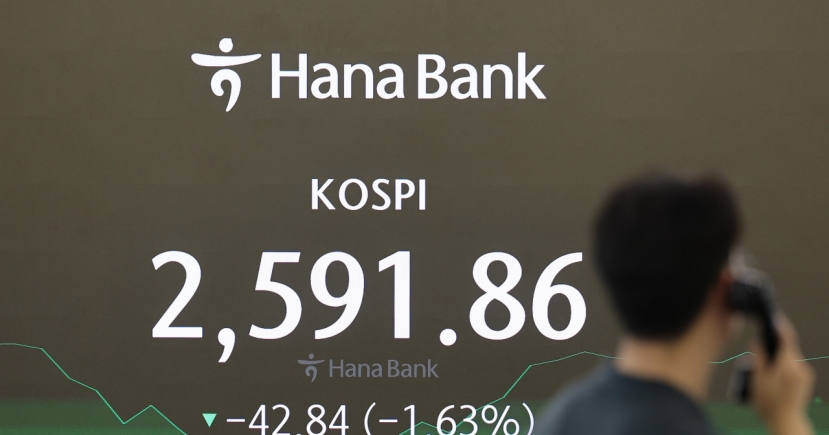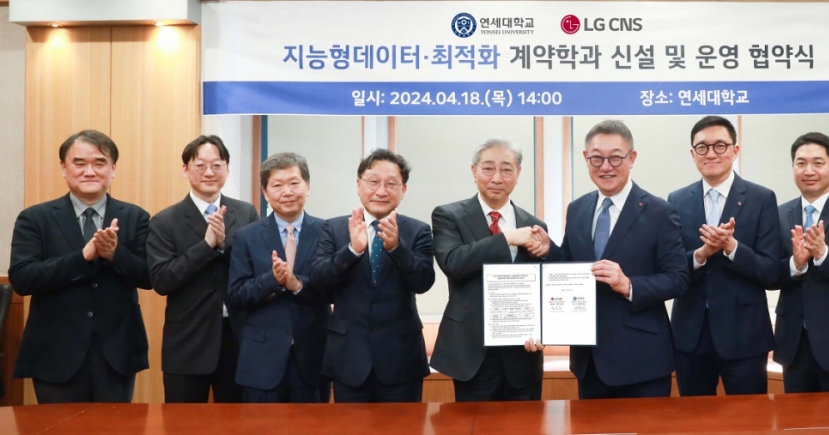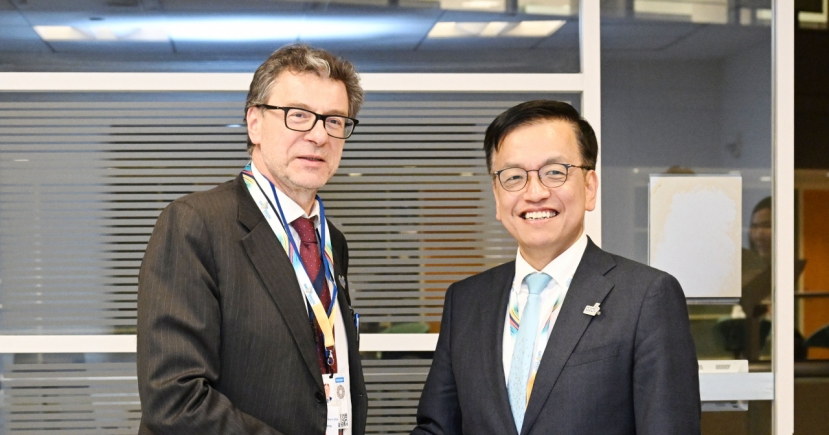Stocks & Bonds
[ANALYSIS] Hanwha Total faces financing test
[THE INVESTOR] Hanwha Total Petrochemical is out to woo the global money markets to finance its upcoming facility investment, estimated at almost 900 billion won (US$804.79 million).
In tandem with such plans, it is preparing to issue US dollar-denominated corporate bonds amounting up to US$300-400 million to investors in the US, Europe and also Asia. Details of the deal, such as an underwriter or a maturity date, are still under wraps.
 |
Hanwha Total's Daesan Plant in South Chungcheong Province |
On Jan. 2, global credit rating agencies cast a stable outlook for the notes. Moody’s gave a Baa1 credit rating to Hanwha Total’s proposed dollar-denominated senior unsecured notes. The rating is identical to Hanwha Total’s corporate rating. On the same day, S&P gave a BBB long-term issue rating to the same upcoming bonds.
But doubts over the aftermath are surfacing, as to how effectively the Hanwha affiliate can fund itself, especially under the current circumstances of crude price fluctuations. Hanwha Total relies on a petrochemicals product portfolio that is based on commodities such as naphtha and condensate.
Tinged with concerns
Credit analysts hinted at Hanwha Total’s exposure to inherent market volatility and other uncertainties, but at the same time played down concerns about its financial health, saying the repercussions will be offset in the long term.
“The petrochemicals sector is unlikely to grow further over the next two to three years in terms of earnings, and the global economic downturn will likely pressure product margins,” Shawn Park, an associate director dedicated to corporate ratings at S&P Global Ratings, told The investor. “However, for Hanwha Total, the decline in profit margins will be somewhat offset by the operation of new facilities starting 2020.”
Once a member of the Samsung Empire, Hanwha Total joined Hanwha Group in 2015, a decade after it was born through a joint venture of Samsung General Chemicals and French company Total. To the industry’s surprise, Hanwha Total’s operating profit jumped to 1.51 trillion won in 2017, up from 172.7 billion won in 2014. In just three years, the conglomerate was able to recoup the 1 trillion won it spent on buying the firm.
Now, Hanwha is out to expand. For the next couple of years, it’s going to be investing 539.5 billion won in naphtha NCC side gas crackers and Gas Turbin Generators at its Daesan Plant in South Chungcheong Province. Another 362 billion won will go into polyethylene production facilities.
Due to the investment plans, Hanwha’s total debt outstanding is expected to rise, from 2 trillion won as of September.
Moody’s forecasts Hanwha Total’s adjusted debt to be about 1.5 to 1.6 times its EBITDA over the next year to 18 months. That’s higher than the 1.2 times in the latest 12 month period.
EBITDA -- earnings before interest, taxes, depreciation and amortization -- is a gauge of how much cash a company can generate with its corporate activities. When the adjusted debt-to-EBITDA ratio rises, it means the company is losing money.
Manageable pressure: analysts
But Hanwha Total’s financial pressure from the overarching investment appears manageable, according to analysts.
“More investments will translate into more borrowing,” Yoo Wan-hee, a Moody’s vice president and senior credit officer, told The Investor. “But it is hard to say it is so big an investment. The level of financial leverage will remain within the parameters of the current rating level.”
While Hanwha Total will not be an exception to a downbeat fourth-quarter earnings projection, the repercussions from it “would be short-lived,” Yoo added. “Considering the current oil inventories, there is room for a rebound in earnings (of petrochemical firms).”
On top of that, its profits are shrinking due to both expensive oil prices and a strong US dollar, which weighs on its production costs. Hanwha Total’s accumulated operating profit for the first three quarters of last year was about 14 percent lower than the previous year. Its liquid assets were also halved.
But Park of S&P Global Ratings pinned hopes on the firm’s financial risk-control capacity, saying its borrowing has shrunk over 30 percent in the three years up to 2017.
“Hanwha Total has a track record of managing financial leverage, in which the company has previously utilized its cash flow to lower its debt,” he said. “Hanwha Total’s annual cash generation through its operations will likely outweigh the maintenance capital expenditure during the same period.”
Analysts added that most of the risks would come from unforeseeable events, such as a sharp slowdown in Chinese demand or more large-scale investments.
By Son Ji-hyoung (consnow@heraldcorp.com)








